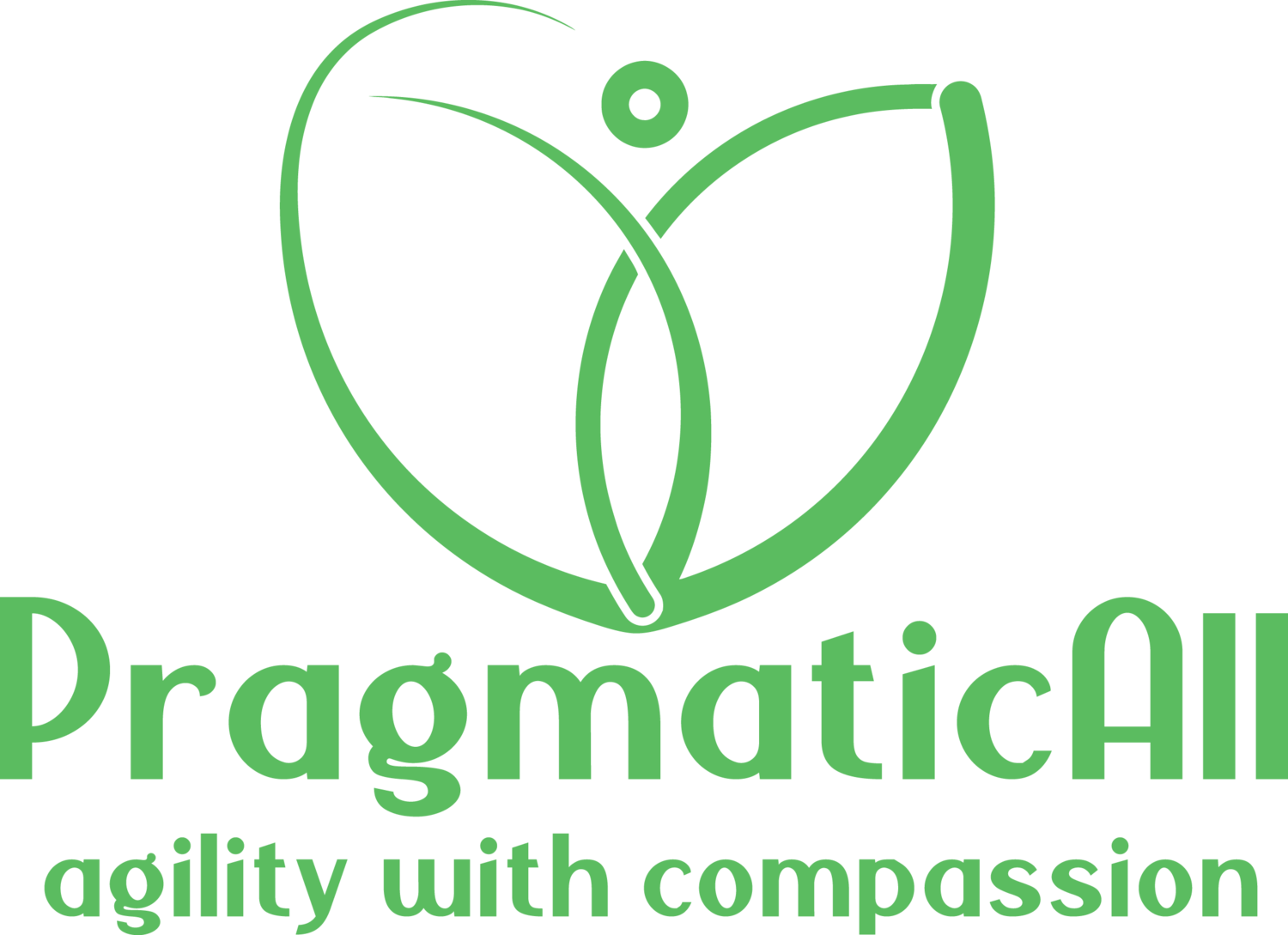Handling conflicts in teams
Great working relationships can have great conflict and still be strong. The trick is to capitalize on the collision of ideas without allowing the collision to leave lasting damage in the relationship.
PragmaticAll offers a highly interactive and practical workshop on handling conflicts.
Further reading about handling conflict
Speed Leas 5 levels of conflict, adapted by Lyssa Adkins is a good way to provide teams a common language to talk about conflict.
Thomas-Kilmann Instrument
Dr. Kenneth W. Thomas and Dr. Ralph H. Kilmann developed the Thomas-Kilmann Conflict Mode Instrument (TKI). They distinguish five conflict-handling modes (collaborating, competing, compromising, accommodating, and avoiding), based on two underlying dimensions of human behavior (assertiveness and cooperativeness).
Pinch Crunch model
Many difficult conversations can be traced back to an easy conversation (a pinch) that should have happened, but didn’t. When we don’t address small irritations, they can build up over time, leading to a crunch.
More information about Pinch Crunch.
Conflict Pivots
People react very differently to the same behavior. That’s because we all have our conflict hooks. A conflict hook is a part of your identity that has become snagged by a remark or behavior, causing conflict or escalating it. The conflict pivot practices help you to either
Truly let go and move on; or
Know what to discuss with the other person so that you have a good chance at real resolution of the conflict.
Read more about the 3 conflict pivots in Tammy Lenski’s book “Conflict Pivots”.
